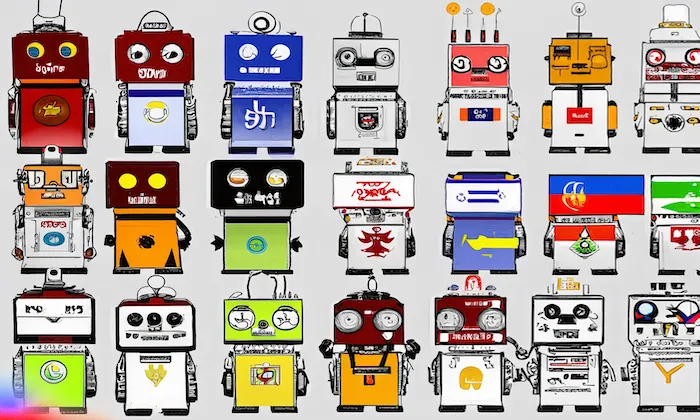How do you test emotion retention in cloned voices?
Voice Cloning
Audio Testing
Speech AI
Testing emotion retention in cloned voices is crucial for creating realistic and expressive speech synthesis systems. This ensures that cloned voices not only replicate the acoustic characteristics of the target voice but also convey intended emotions accurately, enhancing applications across various fields such as virtual assistants, interactive gaming, and mental health support.
Defining Emotion Retention in Cloned Voice Applications
What is Emotion Retention?
Emotion retention is the ability of a cloned voice to maintain the emotional nuances of the original speaker, encompassing variations in pitch, tone, pace, and expressiveness to convey feelings such as happiness, sadness, or anger. High emotion retention is vital for applications where emotional connection significantly enhances user experience.
Why Does It Matter?
In fields like customer service and virtual companionship, voices that express emotions effectively can foster trust and empathy, enhancing user interaction. Conversely, a flat, robotic voice can lead to user frustration. Therefore, ensuring cloned voices can convincingly express emotions is essential for the success of speech synthesis projects.
Effective Methods for Evaluating Emotion Retention
1. High-Quality Data Collection and Annotation
Successful emotion retention testing begins with speech data collection that captures a wide range of emotional expressions. FutureBeeAI excels in providing such datasets, recorded in professional studio environments and thoroughly annotated to label the specific emotions conveyed. This high-quality data serves as the benchmark for evaluating cloned voices.
2. Listening Tests
Conducting listening tests with human evaluators is a practical approach to assessing emotion retention. Participants compare original and cloned voice samples, rating emotional accuracy through:
- A/B Testing: Directly comparing sample pairs.
- Rating Scales: Scoring emotional expression on a scale.
This subjective feedback captures the nuances of emotional perception and offers insights into user experience.
3. Acoustic Analysis
Acoustic analysis is essential for providing objective data and validating emotion retention. Key metrics include:
- Pitch Variation: Analyzing pitch range and fluctuation to assess emotional tone.
- Speech Rate: Evaluating delivery speed to ensure it aligns with emotional context.
- Prosody Patterns: Studying rhythm and intonation for emotional delivery differences.
Using tools like Praat, teams can perform detailed comparisons between original and cloned voices.
Key Challenges in Emotion Retention Testing
- Quality vs. Diversity: Balancing voice quality with emotional diversity poses a challenge. A dataset with extensive emotional coverage may require more complex annotation and quality assurance. Teams often prioritize emotions based on application needs, such as empathy for virtual assistants or excitement for gaming.
- Contextual Relevance:Emotion retention varies with context. For example, storytelling applications may require different emotional expressions than customer service settings. Thus, clearly defining the context is crucial when designing tests.
- Common Pitfalls: Human perception of emotion is inherently variable; what sounds emotionally accurate to one listener may not to another. Relying solely on automated metrics can lead to a false sense of security. A holistic approach, combining qualitative and quantitative assessments, provides the best results.
Enhancing Emotion Retention with FutureBeeAI
FutureBeeAI is committed to empowering AI applications through high-quality, emotion-diverse datasets. By offering studio-grade, globally diverse voice data, we support the development of expressive, relatable AI systems. For projects requiring specialized emotional nuances, FutureBeeAI stands as a reliable partner in delivering production-ready datasets tailored to your needs.
By addressing these key aspects and leveraging FutureBeeAI's expertise, teams can enhance the emotional depth and user engagement of their AI applications.
Smart FAQs
Q. What emotions should be prioritized in cloned voice datasets?
A. The application context dictates emotion priority. For virtual assistants, emotions like empathy and politeness are crucial, while storytelling applications may benefit from a broader range, including excitement and sadness.
Q. How can teams ensure quality in emotion retention tests?
A. To ensure test quality, use a diverse group of evaluators, standardize testing conditions, and combine subjective and objective analysis methods. This comprehensive approach provides a deeper understanding of how well the cloned voice retains emotional nuances.
What Else Do People Ask?
Related AI Articles
Browse Matching Datasets
Acquiring high-quality AI datasets has never been easier!!!
Get in touch with our AI data expert now!








